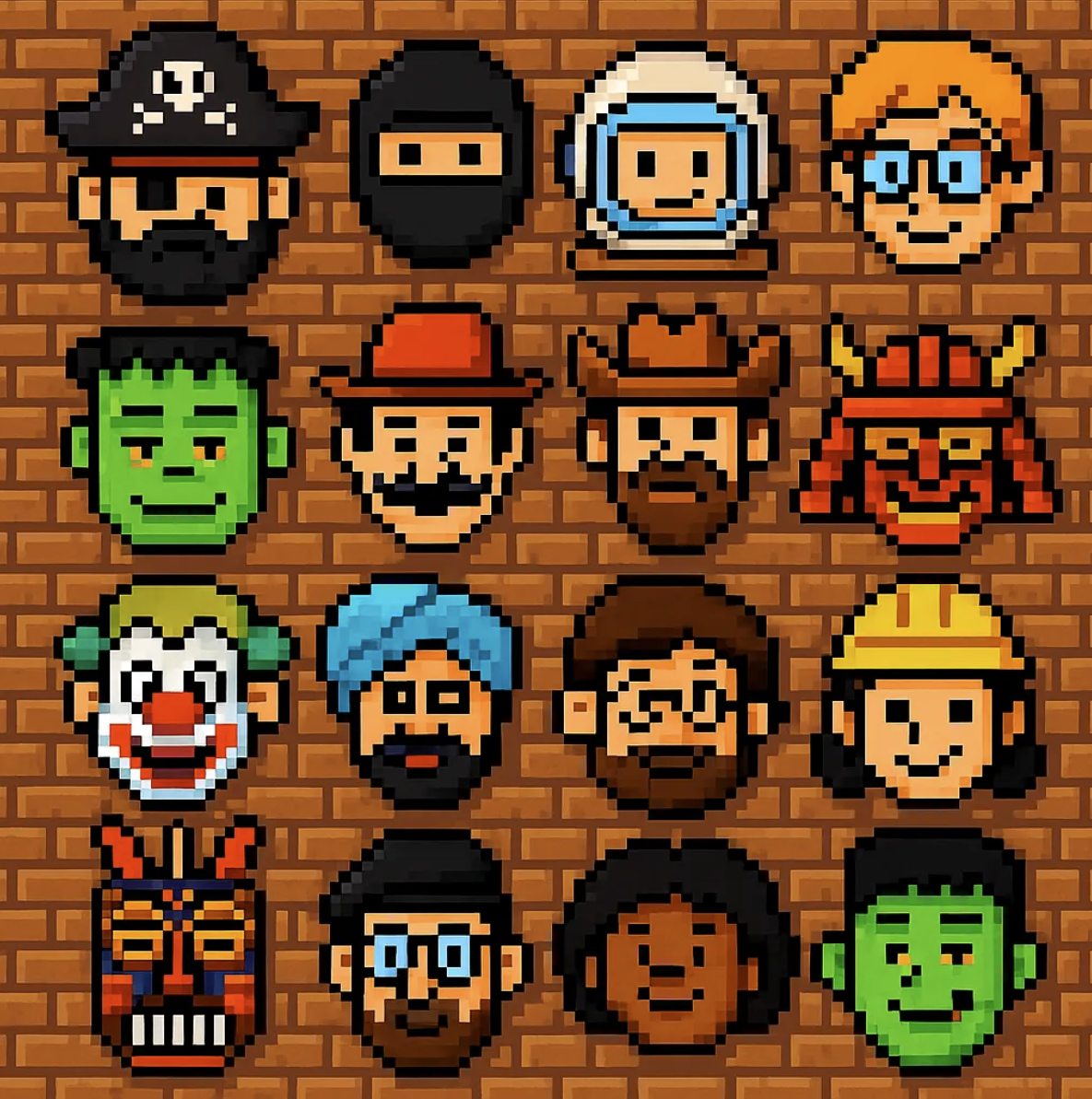
One of the hardest challenges in any subscription/saas/recurring revenue product is determining what you charge for, what you give away for free, and why.
I'll refer to this as the "paywall," i.e., the wall between the free (if it exists) and the paid product.
Paywalls are very challenging for a few reasons:
There are no clear best practices that apply universally
The "paywall" for a company typically keeps evolving as the product evolves.
The impact of getting this right or wrong can take a long time to uncover
It depends on the alternatives your user considers when debating whether or not to pay you.
These reasons are why I suggest working from the bottom up and implementing as improvements as you can to reduce churn and extend the LTV of your product before you tackle this beast.
The larger your company grows, the harder this will be to change. That said, if you get this right, it's one of the major unlocks in growing your product.
For most products, if you start with a good foundation, then it simplifies things once your company is larger.
Free Product vs. No Free Product vs. Trial Period
A great free product helps many big consumer or product-led growth companies grow.
Notion, Miro, Spotify, Figma, Codecademy, etc., used this tactic.
This works well (especially for consumer products) when you can provide a free tier for low or no service cost. Especially if you can make free what another competitor is charging for.
This, however, is only realistic with software-level margins. Uber, Lyft, Airbnb, (etc.) don't provide free tiers because they can't afford to.
Commonly, the advice for building a free product is to "think about it as a marketing expense ."This is solid advice; however, remember it is still an expense.
I'd suggest framing this problem not as a "free vs. no free product" and looking at this as a trade-off between paying for ads vs. paying to build and maintain a free product.
In the early days, it is better to think of what you and your team are good at and which of these you want to spend on to fuel growth.
How Much to Give Away for Free
If you think about how generous vs. stingy you want to be, you can think about this as a range:

The further you are on the left, the faster your brand will spread (assuming your product is good), but the less money you'll make right now.
The further right you are, the more you'll monetize each user, but the less word of mouth you'll have (as each free user is another person who can talk about you).
Your goal should be to right the right place on this spectrum today to maximize your future growth.
How can you tell if you're in the right place on this spectrum for your business right now?
You can't, really. That is why paywalls are so hard.
The one clear trend is that companies start more generously (on the left) to fuel growth and then pull back the paywall when they want to make more money.
Netflix went from 3 free DVDs -> 30 day trial -> 14 day trial -> 7 Day trial -> Direct purchase only
Miro used to give away unlimited boards -> 10 boards -> 3 boards
NY Times gave away 10 articles per month -> 5 articles a month -> 3 articles per month
As a company is starting out, they have to give away more to compensate for the lack of trust/brand awareness.
Once they are more of an established brand, they can give away less to get you to purchase. If you are a new product, I would default to generous.
Types of Trials & Paywalls
1. Collections of features
This is where you are draw a line between collections of features on the site. Features in Bucket A are free, Bucket B are paid, etc
Free is features: 1, 2, 3
Paid is a features: 4, 5, 6, 7, 8, 9, 10
2. Metering
You get x usages of y feature per z time, and then you have to pay
NY Times gives you 3 articles every 30 days.
Pandora gave you 10 skips per day
3. Time/Trial Period
User the paid product for x days, then you are dropped to free
Conversion types
Auto Enroll/Manual Conversion
Manual Enroll/Auto Conversion
Across the industry, you'll see all combinations of these. After you have dialed in the bottom of this funnel, the next step is working on these combinations.
What makes a Good Paywall/Trial
This is purely opinion, but this is what I see as common patterns across the industry and in my experience.
1. Different tiers of the products are understandable & easily described
The more your product will be purchased by individual people on the site (vs. being helped by a salesperson), the better it will be if each tier is easily describable by a user to another user.
Amazon Prime = Free shipping
Spotify Premium = No Ads
NY Times Premium = Unlimited Articles
Zapier tiers are based on zaps/month
These products have other features, but they have a single "tent pole" feature that drives the upgrades and is the most important in the buyer's mind.
Products that are heavily sold by salespeople can get away with more complex paywall structures:
This structure works because a salesperson is helping you decide, and the individual users of the product are not the buyer.
I have used Zoom at my last two companies and couldn't tell you which plan I was in
2. Users who get the most value from the product will most likely pay you.
Ideally, you want to set up a structure where the users who get the most also pay the most. You can do this in a few ways, but you want the free product to lead to the paid product after enough usage naturally. Different tiers of service also work.
You can do this by metering a key feature, setting up time expirations, etc. The more potential paid users can stay in the free product forever, the worse your conversion will be.
3. The free product attracts users who are good fits for the paid product.
All products have some users in the free tier who will never upgrade. Students are typically a part of this, but you should also consider the types of people you will attract with the free product. This sounds obvious; if you think of this as a ven diagram, the more overlap area you have, the better.
Are they ready for the paid product right now? Or will they stay free for years?
Do they have the purchasing power to buy the paid product?
Do they have the decision-making ability to buy the paid product?
Do they need the paid product enough to purchase?
Is there a good enough competitor that will stop them from buying?
4. The trial period is long enough for the user to see & experience the value
The ideal trial length (e.g., 14 days, 30 days, etc.) is long enough for the person who upgrades needs to experience the value and not too much longer than that.
This varies a lot based on the problem you're solving for the user; some products might need 24 hours, and some might need 90 days. You should test into different trial lengths, as this will be one of the main conversion levers in your business.
The main caution here is that the longer your trial length is, the harder it will be to run an a/b test that includes the first month of churn data. If your trial period is 90 days, you might only get 2-3 shots at optimizing this per year. If you run a 24-hour trial, you can do this testing a lot more.
You should find the right balance for you.
5. The user journey in the application naturally exposes free users to the paid product in a way that they see the value.
Again, the more seamlessly users are exposed to the need for a paid product during their journey, the better.
The harder you sell with things like full-screen pop-ups, the more users will abandon the free product. You want to time this exposure once they have already decided that they are going to stay with the free product and once they are "warmed up" to buy the paid product.
Conclusion
Trials and especially paywalls are hands down the hardest part of making money is subscription products. Once you figure it out, you can unlock major growth and monetization but doing so requires a lot of testing and experimentation.





